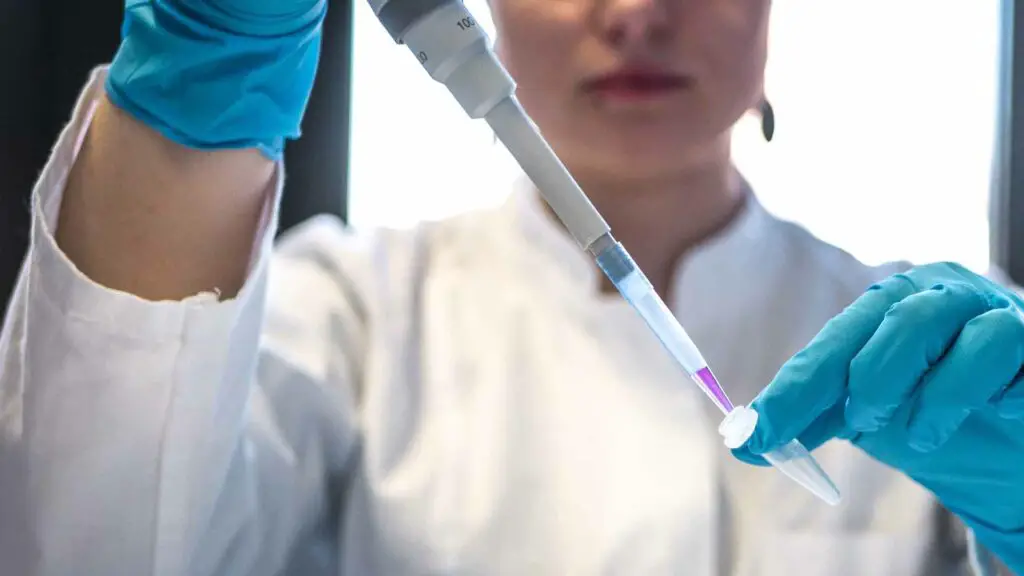Pharmaceutical products are of immense importance to a community. Losing one batch of a pharmaceutical drug is much more than monetary damage. It leads to a gap between the healthcare facilities and the wellness of individuals. Unfortunately, this gap is quite prevalent due to many pharmaceutical products’ poor storage and transportation conditions.
If a drug loses its potency, it has no medicinal value left. In addition, the absence of efficient warehousing facilities and storage units increases the probability of a drug becoming ineffective. Therefore, pharmaceutical stability is essential to the drug and warehouse storage process and needs prompt strategizing.
Pharmaceutical stability implies the ability of a pharmaceutical product to sustain its physical, chemical, biopharmaceutical, and microbiological properties. For pharmaceutical stability, maintain properties within the specified limits throughout the product’s shelf life.
Factors impacting drug stability
Drug stability depends on factors like light, humidity, temperature, and similar environmental factors. These factors and their ranges are not identical for all drugs. They vary according to their chemical and physical properties and their pharmaceutical excipients. Loss of drug stability can invite toxic degradation of products and the loss of their therapeutic effect.
What are some common ways to encourage pharmaceutical stability?
Some of the standard pharmaceutical warehousing requirements highlighted by the Good Manufacturing Practice Standards and the Food and Drug Administration boards are:
1. Warehouses need to store drugs properly to prevent contamination.
2. Conduct a thorough inspection and cleaning of the storage area.
3. Every drug batch in the warehouse must have a unique code. This code must be traceable to allow the identification and status of every lot, whether approved, quarantined, or rejected.
4. Every drug in the warehouse must have appropriate descriptions of its storage conditions and safety limits.
Maintaining these standards is crucial for storage and warehousing facilities to comply with safety and regulatory mandates. The warehouses must follow the drug manufacturer’s storage directions to ensure their safety and sustain their potency. However, keeping up with appropriate storage necessities comes with its own set of unique challenges.
Meeting the storage requirements of pharmaceutical drugs involves setting and monitoring the environmental parameters of the warehouse with prompt temperature and climate control. Stability tests help understand this need accurately.
What are stability tests?
Pharmaceutical drugs are sensitive to environmental factors. As discussed earlier, they require cautious interaction in terms of packing and handling. Therefore, specific evaluations are essential to ensure processes maintain product stability adequately. These evaluations are known as stability tests.
Researchers come up with stability data during the development phase of every pharmaceutical product. This data determines the storage conditions essential for the product. For instance, a drug-sensitive to light needs storage in a facility that can prevent a particular light wavelength from reaching the product. There needs to be a strategy for packaging, handling, transporting, and administering the drugs in a way that is adequate to its stability requirement.
The results from stability tests help determine the appropriate shelf life of pharmaceutical drugs and their storage duration. These tests vary depending upon the drug and its chemical composition.
Why is it essential to monitor warehouse temperature?
Maintaining and monitoring the temperature of warehouses is essential for storing drugs. When continually recording the temperature of the storage facility, it becomes easy to keep tabs on the product history.
Imagine a warehouse storing Covid-19 vaccines. Covid-19 vaccines are susceptible to temperature changes and require a specific temperature range to withhold their effectiveness. During the peak stages of the pandemic, the temperature control requirements of the vaccines throughout the supply chain process were causing transportation and distribution delays around the globe.
With monitoring facilities in warehouses, it gets easy to keep track of every minor temperature fluctuation and record the vaccine status. However, in the case of manual monitoring, there is scope for time gaps between two consecutive readings. Suppose any temperature change occurs during this gap. In that case, it will harm the efficacy of the vaccine. Yet, the storage and transportation facility will not get to know about the same.
In such conditions, temperature monitoring and recording become essential. It helps maintain the integrity of the pharmaceutical product and prevents ineffective products from reaching the consumer.
How to monitor warehouse temperature for storing pharmaceutical drugs?
Monitoring warehouse temperature was not always an easy task. With manual manufacturing, there was always scope for reading errors, further inviting the loss of pharmaceutical drugs. However, the world is heading towards a technologically advanced space, and this space has given one of the most convenient inventions for temperature monitoring at warehouses – Data loggers.
As Dickson Data suggests, maintaining adequate temperature conditions is a top priority of pharmaceutical manufacturing and transportation facilities. Data loggers ease this job by providing automated data monitoring and logging. Data loggers are digital devices that come with sensors capable of detecting and recording fluctuations in environmental factors like temperature. In addition, they have a memory chip for storing all the data, which one can access on mobile devices like laptops and computers.
Many warehouse facilities for raw and finished pharmaceutical products use data loggers to maintain a close tab of the environmental conditions of their space. Data loggers come in multiple forms depending upon the needs of the user. They tend to provide non-stop data monitoring without any manual intervention, thus reducing the chances of product damage.
Data loggers also help with measuring other components like the humidity, air quality, and pressure of the environment along with its temperature. In addition, warehouses storing sensitive products require apt monitoring and maintenance, and data loggers fulfill this need most efficiently. As a result, the pharmaceutical sector is taking long strides in development and expanding its market.
Today, not only large-scale but also midsize pharmaceutical firms are generating business rapidly. As a result, data loggers become a core part of the process for these firms to manage and sustain the efficacy of their products.
